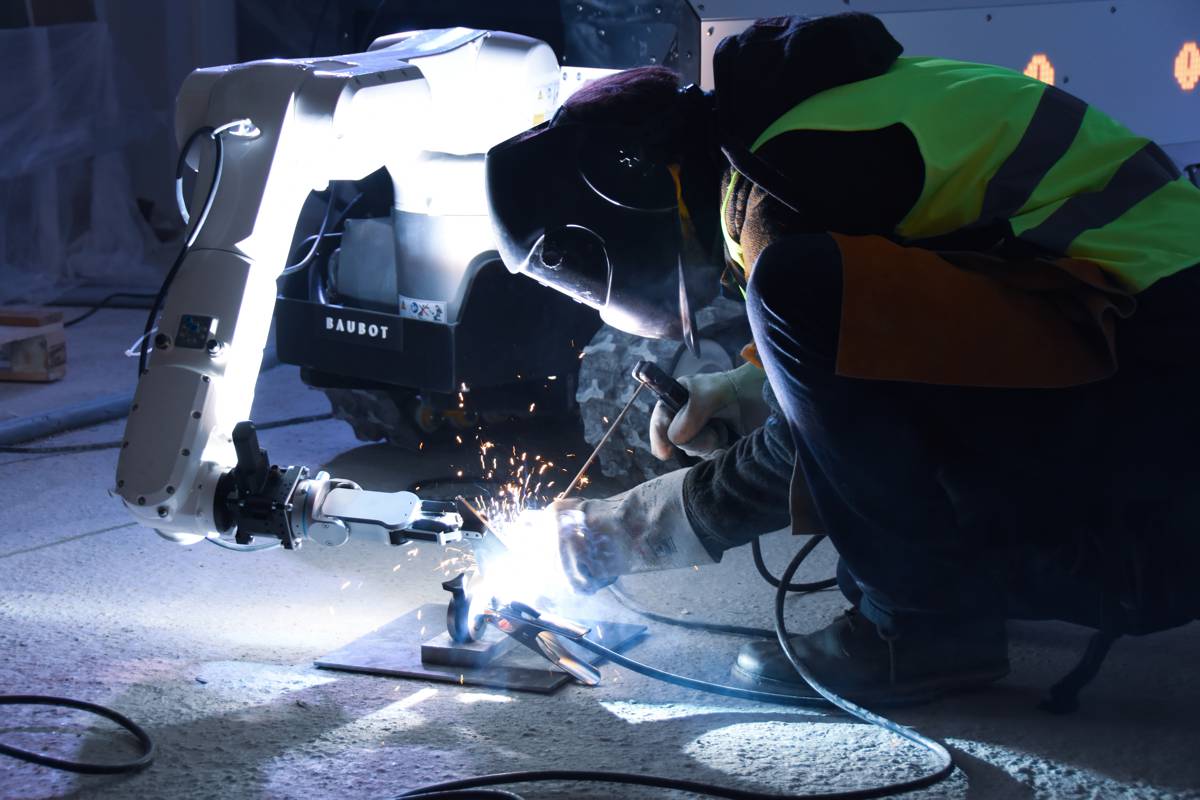Austrian start-up Baubot reveals multi-functional Construction Robot
Austrian start-up Printstones is developing mobile robotic systems for 3D printing since 2017. After finishing more than 100 pilot projects the start-up now revealed a new prototype.
This new robot has a modular design approach and is open for external innovations. The declared goal of the tech-company is to bring any tool into any location and utilize it there. This means that any 3rd party can develop and add their tools and applications to the mobile robot. Developers can use an SDK as an interface to the robot’s functionality.
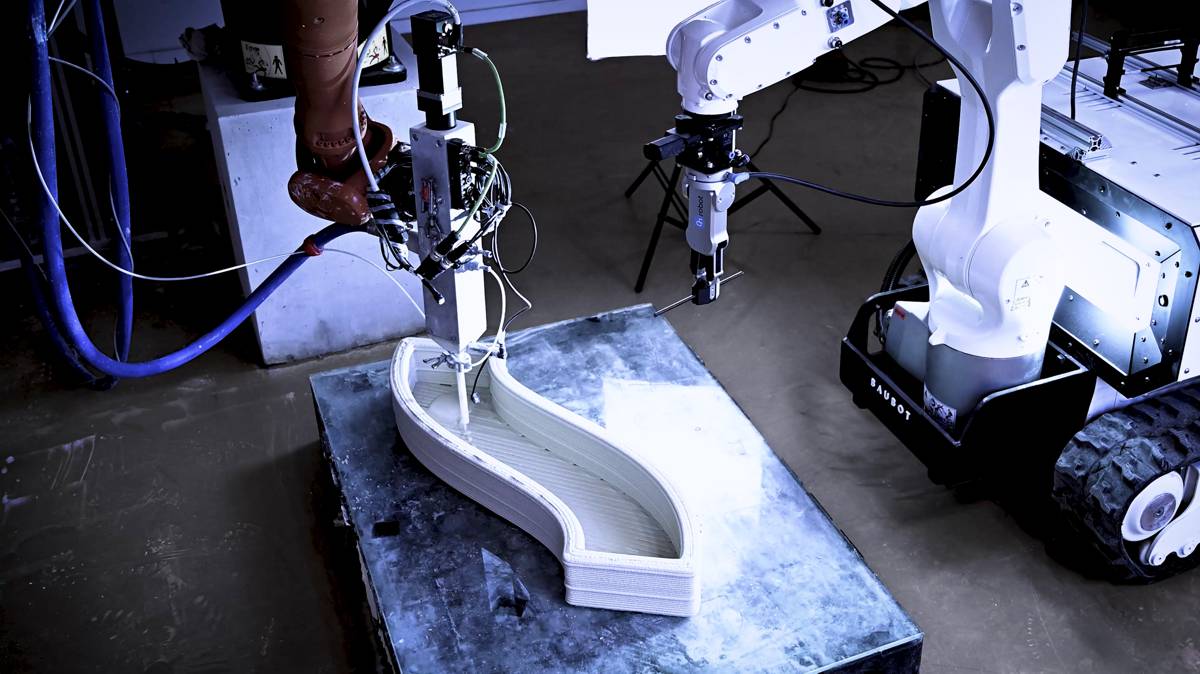
The robot can climb stairs, drive through doors and is powered by electric energy. The vehicle has a maximum speed of 3.2 km/h with a possible payload of 500 kg. The positioning of the robotic arm has an accuracy of below 1 mm. Currently, the operation time can be up to 8 hours depending on the application.
The mobile robot can be used in manual or pre-programmed mode, in which case the robots workday can be simulated upfront. Baubot can use standard transporter and needs almost no set-up time
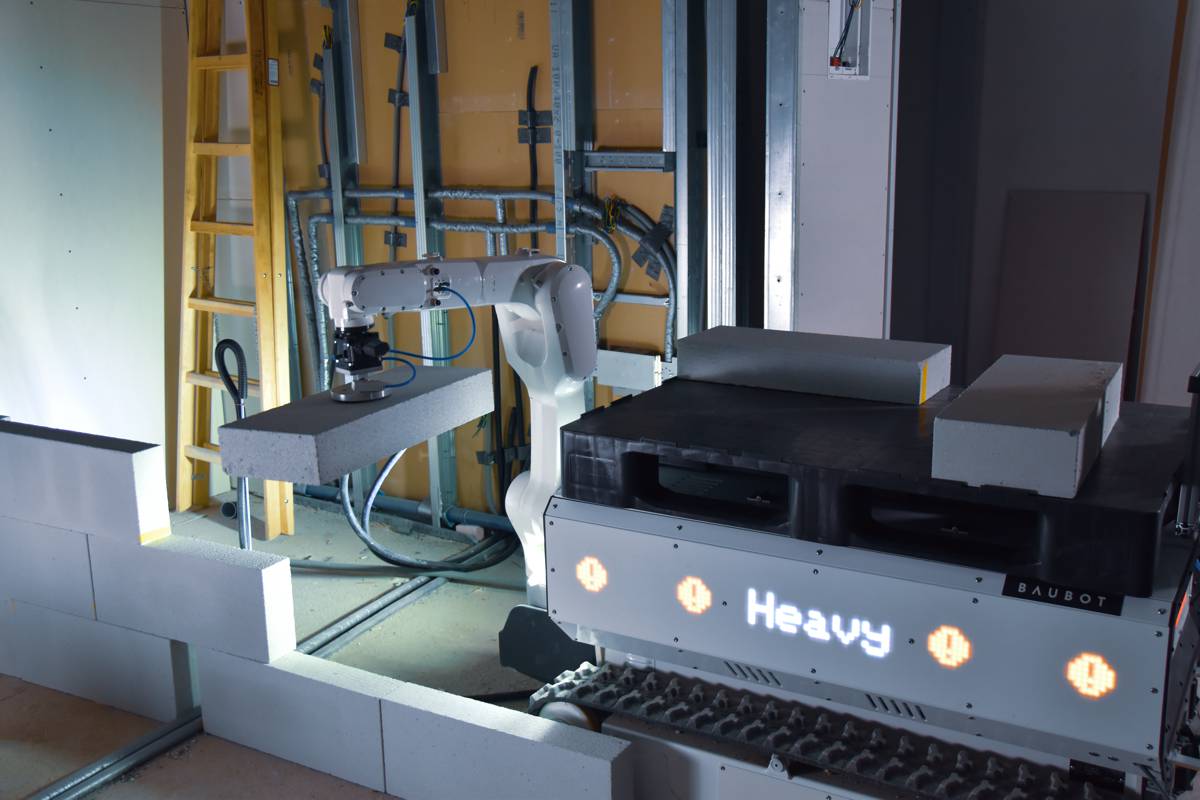
In the future BIM data will be used to simulate the robot in its work environment and to virtually optimize the work routines. This way the robot has done the job thousands of times before its first apparel at the construction site. A centralized AI should subsequently be trained not only by the virtual simulations but also from the real world experiences of all active robots.
What will start as simple robot collaboration can develop into robot swarms working together enabling innovations in various fields, e.g. onsite positioning, environment recognition as well as new intelligent tools and processes. In autonomous mode the system will be able to make suggestions to the user and optimize the application itself.

These manufacturing systems are not limited to the construction sector but can also be used in the ship- and aircraft building industry or to inspect and maintain existing infrastructure (e.g. power plants).
A study of ETH Zürich suggests, that though the use of construction site robots the life-quality, life-time and safety of construction workers will rise. Furthermore, pressing needs of the society will be met: The cost of building and the maintenance of adequate infrastructure will decrease dramatically.
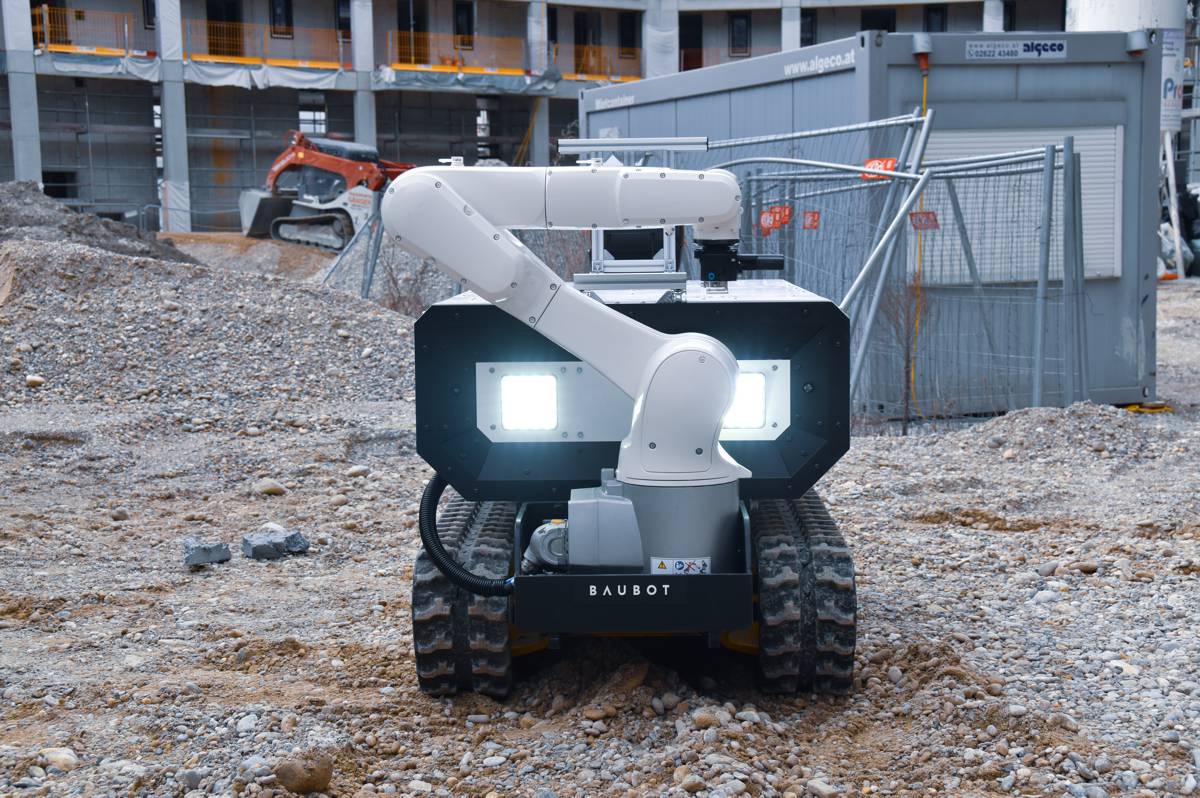
Further, the required time for the planning and implementation of infrastructure is expected to decrease, enabling a more agile society which can address evolving and urgent needs rapidly and in a targeted fashion, enabling better use of resources and eco-friendly solutions.
Moreover, if physical strength and agility will no longer be a fundamental requirement for a job on the construction site anymore, these positions will be available to a broader demographic of age, gender, and physical ability.
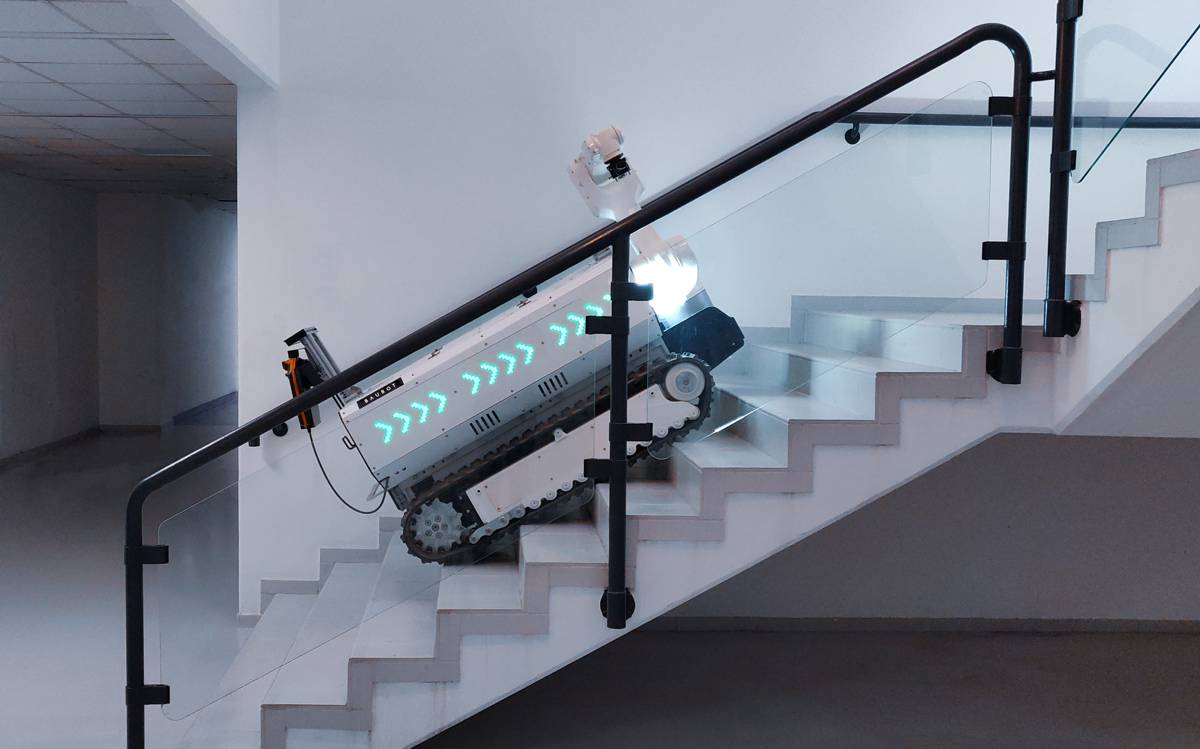
Together with partners and end customers, the start-up is working on the third iteration of their construction site robots. It generally expected that construction robots will be implemented earlier than household robots as they operate in a known environment.
As construction workers are used to take care of heavy machines and specific areas can be closed for the robots, the way is already paved for construction robots.
